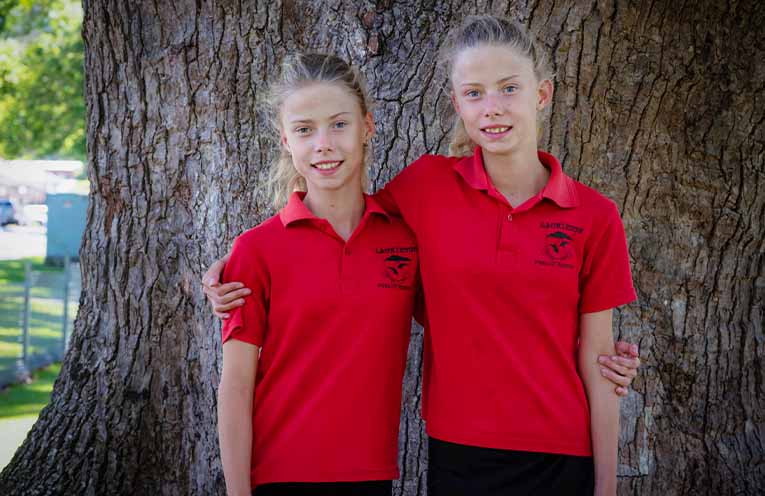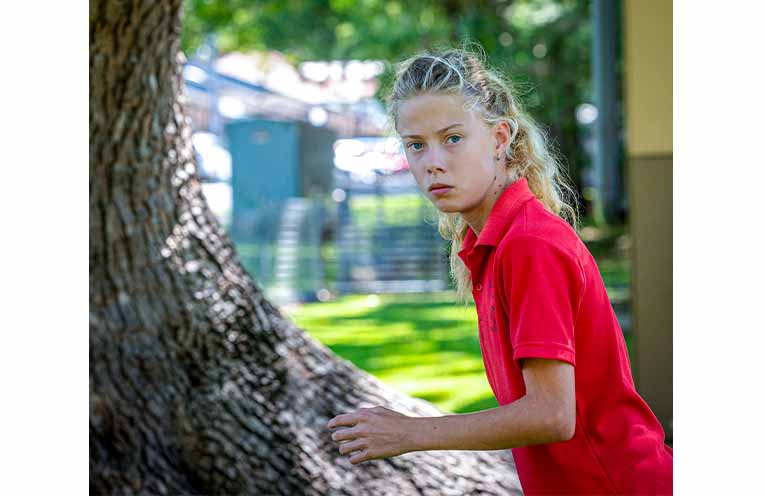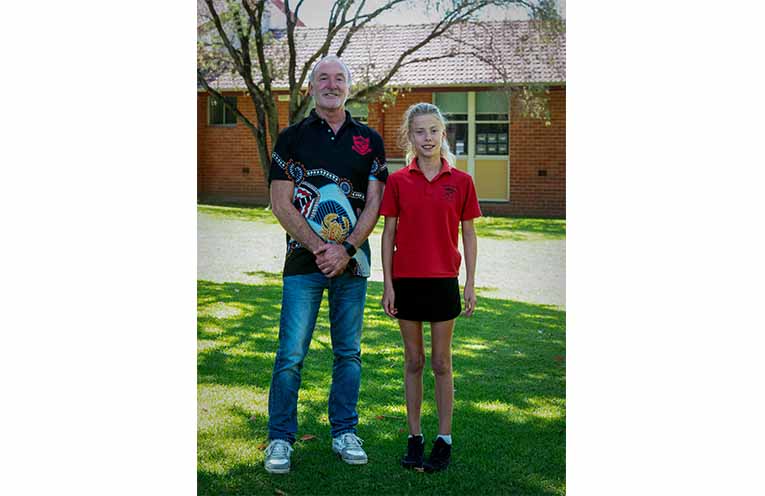LAURIETON Public School (LPS) speed sensation Scarlet Monk has claimed a haul of medals at the NSW Primary Schools Sport Association (PSSA) State Championships.
Scarlet competed in six Multi-Class (MC) events at the Championships held at Sydney Olympic Park Athletics Centre from 22-23 October.
She clinched gold in the Senior Girls (11-13) 100m, 200m, and 800m races, and the Senior Girls (11-13) Long Jump.
In addition to the silverware, Scarlet also wrote her name in the PSSA history books, setting three state records in the T25 category for the 100m, 200m and Long Jump.
Scarlet’s T25 classification has been determined by Athletics Australia, based on her Cerebral Palsy diagnosis.
Looking ahead to the future, Scarlet is now set to compete at the School Sport Australian Track and Field Championships being held in Canberra at the Australia Institute of Sport later this month.
“I’m feeling good about competing at Nationals and I’m going to bring back four gold medals,” Scarlet stated.
“I am competing in Long Jump, 100m, 200m and 800m races but the 100m is my favourite because it is the shortest.”
Scarlet’s journey to the national stage has garnered support from her entire school community.
“The whole school is elated by the endeavours of Scarlett,” said Laurieton Public School principal Mr Grant Timmins.
“Her growing confidence now sees her vested in attending the National Championships at Canberra and we will be right behind her in every event cheering her on.”
The MC classification system allows athletes with disabilities to compete in athletic events based on specific impairment categories.
MC competitors are divided into several groups of classifications, covering five impairment categories: Deaf and Hard of Hearing, Vision Impairment, Intellectual Impairment, Physical Impairment and Transplant Recipients.
Categories are labelled with a letter, followed by a two-digit number.
The letter is used to describe the event, eg T = Track.
The first digit tells you the category of impairment and the second digit tells you the degree of impairment, the lower the second number, the greater the degree of impairment.
By Kim AMBROSE
You can help your local paper.
Make a small once-off, or (if you can) a regular donation.
We are an independent family owned business and our newspapers are free to collect and our news stories are free online.
Help support us into the future.






